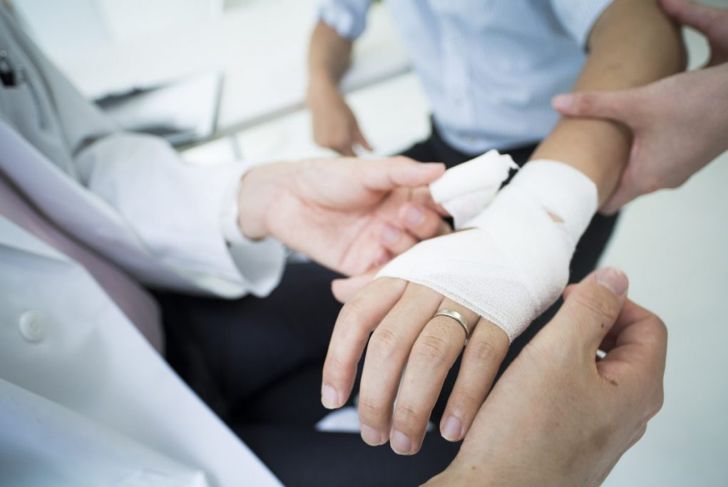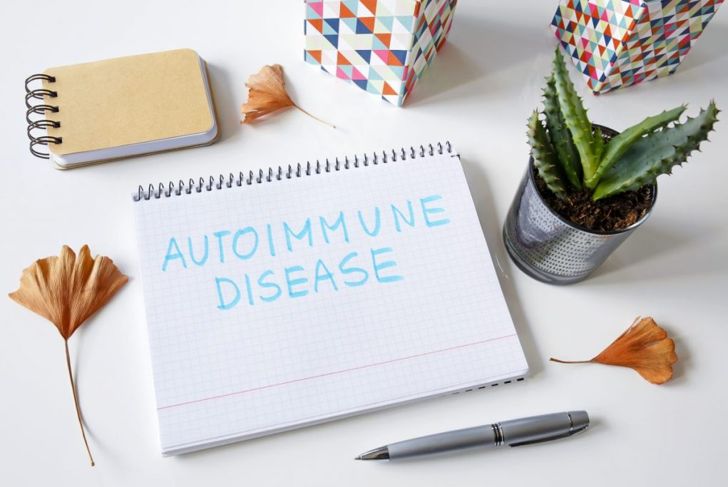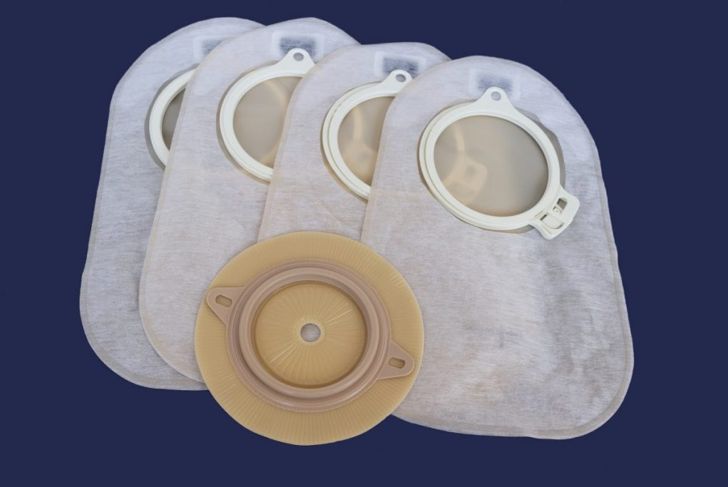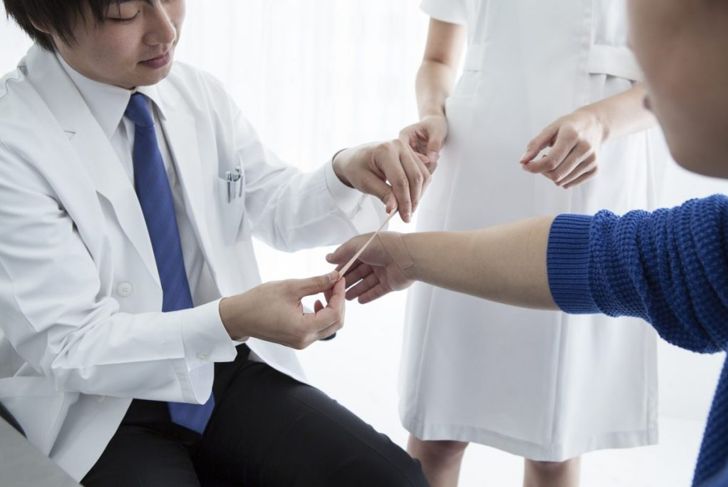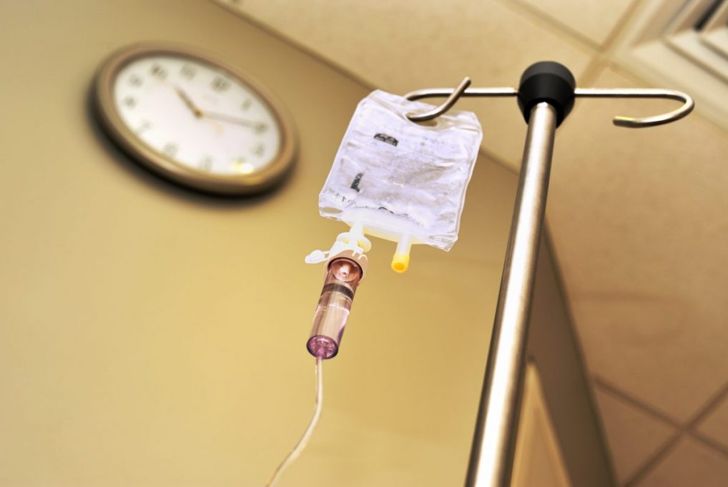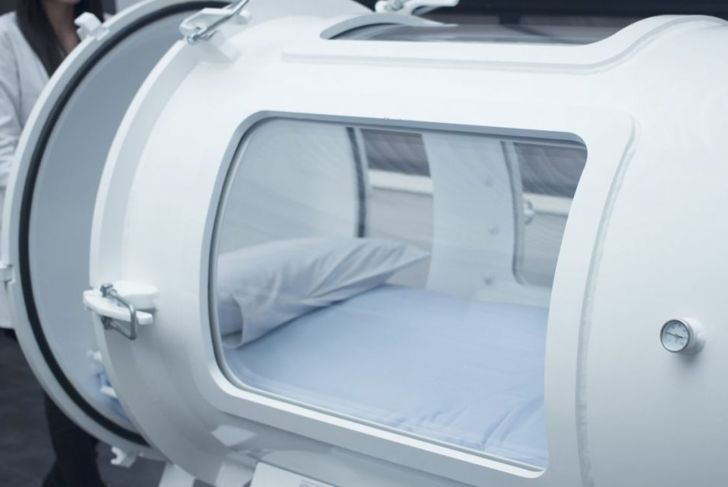Pyoderma gangrenosum or PG is a chronic inflammatory skin disorder that affects approximately one in 100,000 people in the United States. The disorder occurs most often between the age of 20 and 50, and children rarely develop it. Women have a slightly higher risk of developing PG than men. Because pyoderma gangrenosum shares signs and symptoms with several common health issues, it may have a slightly higher prevalence than medical practitioners think. Unfortunately, treating the disorders for which it is commonly mistaken sometimes worsens PG symptoms.
Symptoms of Pyoderma Gangrenosum
Pyoderma gangrenosum starts out as small bumps or blisters on the skin. Blemishes develop on the ankles, shins, and legs in most cases, but they can appear anywhere on the body. The purple, red, or pink bumps gradually grow and swell into ulcerations, which typically have prominent blue or purple edges surrounding open sores. Symptoms of PG vary between individuals. Ulcerations can grow and become extremely painful, or sores may remain unchanged for months. Sometimes the ulcerations heal quickly without medical treatment.
Pyoderma Gangrenosum Classification
Pyoderma gangrenosum ulcerations are classified as classic, atypical, pustular, and vegetative. Deep, oozing sores on the legs indicate classic pyoderma gangrenosum, although ulcers may appear on the head, neck, and genitals too. The former type can be very painful, and crusts of dried liquid often form around the sores. Lesions first appear as small, fluid-filled bumps or pustules that resemble pimples but grow quickly.
Atypical, Pustular, and Vegetative PG
Atypical pyoderma gangrenosum manifests as superficial blisters that occur almost exclusively on the hands. Most people with atypical PG have an underlying medical condition.Skin lesions associated with pustular pyoderma gangrenosum start as painful, fluid-filled bumps on the arms and legs. The bumps expand rapidly, and multiple sores merge together to form large ulcerations. Pustular lesions frequently become infected because they cause widespread skin breakdown.Chronic ulcerations or vegetative pyoderma gangrenosum may be widespread or isolated to one area, but the sores are not painful and they usually heal without medical intervention.
Autoimmune Disorders
Pyoderma gangrenosum is idiopathic — medical practitioners and researchers do not know why it develops. Many experts, however, believe PG is an autoimmune disorder. These conditions cause the immune system to attack healthy cells in the body. Nearly half of all identified cases of pyoderma gangrenosum occur along with a recognized autoimmune disorder; inflammatory bowel diseases such as ulcerative colitis and Crohn’s disease are the most common. Others experience PG co-occurring with rheumatoid arthritis or myelogenous leukemia.
Pathergy
Sometimes pyoderma gangrenosum occurs due to pathergy, meaning it develops following a skin injury or surgery. Surgical procedures to create stomas — openings in the abdomen used to divert waste — trigger PG at a slightly higher rate than other surgeries. Stoma care in the first weeks after surgery can be very traumatic for the surrounding skin. This type of the condition is called peristomal pyoderma gangrenosum, and the ulcers develop around the stoma.
Diagnosis
There is no definitive diagnostic test for pyoderma gangrenosum. Doctors diagnose the condition through physical examination and medical history, and by ruling out other disorders. Blood tests, bone marrow samples, and tissue biopsy help doctors narrow the possibilities. Conditions for which pyoderma gangrenosum is often mistaken include Sweet syndrome, skin infections, cancer, and lupus. Evidence shows doctors should consider PG when skin sores heal poorly or do not heal at all.
Consequences of Misdiagnosis
Pyoderma gangrenosum, like most disorders and illnesses, responds best to early treatment, and misdiagnoses delay this and increases the risk of permanent scarring and other adverse effects. Many of the common misdiagnosed disorders have well-proven treatments, which makes it more likely doctors will immediately turn to these options. Antibiotics and wound debridement are standard treatments for skin ulceration, but evidence suggests PG does not respond well to antibiotics and debridement may worsen symptoms.
Wound Care
Doctors often prescribe topical ointments or creams for mild cases of pyoderma gangrenosum. Steroids encourage healing and suppress the immune system to a limited extent. Biologic agents treat PG by targeting proteins that cause inflammation. Some doctors treat PG with hyperbaric oxygen therapy or antibiotics, but these are not commonly accepted treatment methods.
Wound Care
Infection is the biggest risk posed by pyoderma gangrenosum. A severe case can destroy skin integrity over large areas of the body, which increases infection because the skin is the first line of defense against pathogens such as bacteria or viruses. Doctors may debride large or deep wounds from skin ulcers to remove dead tissue, encourage the growth of healthy tissue, and control infection. This must be done carefully, however, and only on closely inspected cases. PG wound care often uses products containing silver, an antimicrobial agent, because antibiotics are not very effective.
Prevention
It is not possible to definitively prevent pyoderma gangrenosum, but the condition is manageable. People with a history of PG outbreaks should wear protective equipment during activities that may cause injury, and discuss potential surgical procedures with a doctor to evaluate risk. People with autoimmune disorders can speak pre-emptively with their doctors about pyoderma gangrenosum. Though most will never get pyoderma gangrenosum, awareness can ensure prompt identification and treatment if it does develop.

 Home
Home Health
Health Diet & Nutrition
Diet & Nutrition Living Well
Living Well More
More

